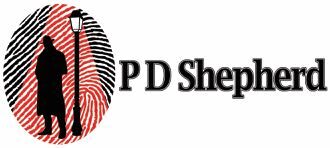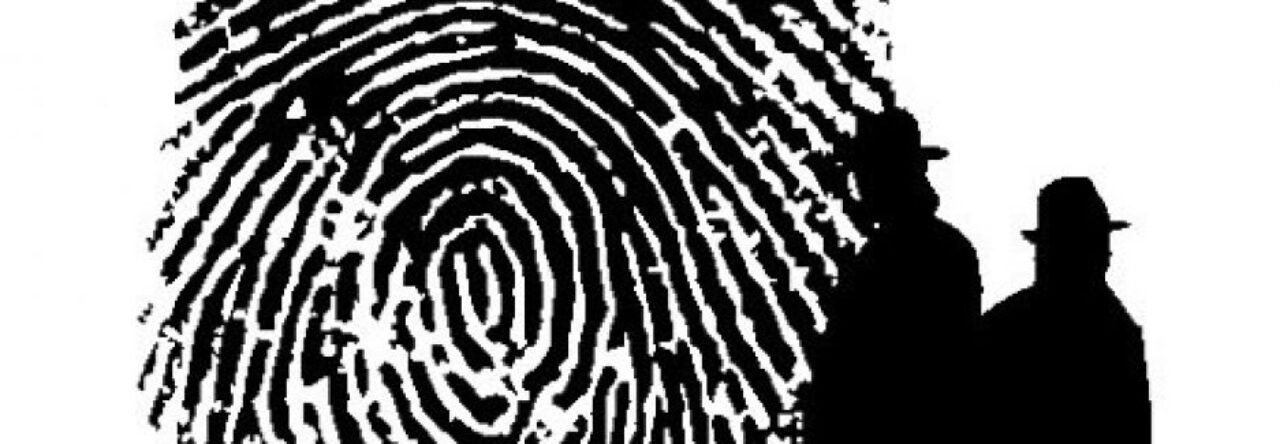11:46 Monday, 3rd August 2015
The Oracle Shopping Centre lay in Reading city and is an extensive indoor shopping complex beside the bank of the river Kennett. There were five levels and corridors leading to the stores. Within the centre of the floor passageways were transparent tiles in the flooring, so you may view the levels above and beneith.
The Oracle includes a multi-storey carpark, comprising seven floors. A computer pillar spat out a parking ticket at the entrance and I drove to the first level, empty of other people’s vehicles. On the third level remained a vacant parking bay, and I parked my two-year-old silver coloured Ford Fiesta.
I strolled passed the third floor’s stores, observing individuals buying items, and I continued to the ground level, locating the jeweller’s shop alongside the pedestrian entrance. Harveys the Jewellers was a corner store. Two narrow windows containing jewellery were on either side of an entrance door. A lady exited with an expensive-looking packet. Keeping the door open, I smiled at her and allowed space for her to pass through as I entered the store.
Mahogany coloured jewellery display cabinets stood in a horseshoe shape around the customers’ area. On the opposite side of the entrance were two mahogany doors, one unlabelled, and the other designated ‘workshop’.
One guy stood in the shop and he appeared in charge. “Good morning. I’m interested in Krugerrand coins. Can you tell me more about them, please?”
The gentleman smiled and unfolded his arms. “In 1970, South Africa controlled eighty percent of gold production if we leave out the Communist bloc, who were hoarding their gold. Such a position placed South Africa in a prime condition to foresee and dictate the future of the gold market.”
A smile grew on my face, and I said, “So the marketplace must have pleased South Africa.”
The salesperson frowned. “South Africa was expecting an end to the gold standard. The Rand Refinery manufactured coins for public purchase, but countries who used the gold standard forbid private ownership of gold bars and coins.”
“So no one could own gold coins or bars at their home for themselves?”
“Not with the gold standard in place for their country. The United States abolished it in 1971, although we here in the UK, cancelled it in 1931. South Africa has manufactured the one troy-ounce gold bullion coin since 1968. Other countries saw success in this and arranged their own currencies after exiting the gold standard.”
“Is the one troy-ounce coin the only coin they produced?”
“The one troy-ounce coin was the sole South African coin made until 1979. In 1980, they likewise included a half troy-ounce, a quarter troy-ounce and one-tenth of a troy-ounce coin in twenty-two-carat gold. The price these days is around one thousand and fifty pounds for a one troy-ounce coin. The value of gold, which fluctuates with the market cost, governs the price at the time of sale, and the fact it’s a coin has limited added value.”
“How heavy is a troy-ounce, is it merely an ounce?”
“No, the precious metals industry uses a troy-ounce, and it’s heavier than one ounce. But here we use grammes anyhow, and it’s thirty-one point one-zero grammes.” He smiled and shrugged his shoulders. “Roundabouts, anyway.”
“Thanks, what’s your name, please?”
“My name’s Christopher Hall-Brooks.”
Mr Hall-Brooks was in his late fifties and wore short hair, which at the top of his head was dark and around his ears were silvery grey. Displaying a clean-shaven face, he dressed in a dark blue suit and judging by the thickness of his glasses, was long or short-sighted.
“Do you wish to buy a Krugerrand coin?” he asked. In a stride, he stepped around his counter and collected a tray of different gold coins. “We have many, from 1968 onwards.”
“Oh, no I…”
An older grey bearded man carrying a loaded Sainsbury’s supermarket plastic carrier-bag opened the store door. The man stared towards Mr Hall-Brooks.
“Could you excuse me for a moment?” asked the store owner.
“Sure,” I said, stepping sideways to allow him to serve the thin older gentleman. This customer returned for his wristwatch as the shop had replaced the battery. It cost the gentleman five pounds. Mr Hall-Brooks glanced in my direction as I was handling a porcelain figure of a ballet dancer. I coughed and replaced the figurine.
Mr Hall-Brooks peered at me and frowned. He removed his glasses and leaned over to read the register, and pushed a few buttons. The cash-register made a beeping sound and opened, issuing a receipt. He seized the paper and passed it to the gentleman. His large black-framed glasses brought me memories of my late father, who wore glasses like his, and he was short-sighted too.
The satisfied customer exited the store.
“So, who are you?” asked Christopher.
“I’m a private investigator, working on the theft of a coin, and Mr Dobyfoster had telephoned you about a member of his family removing his Krugerrand, didn’t he? The realisation the coin wasn’t for sale must have passed through your mind. Someone tried to sell it to you.”
“Are you sure?” asked an uneasy Christopher Hall-Brooks.
I attempted a smile and said, “The person required money, and thieves have recognised you trade coins and jewellery in the Oracle. It’s the early 1968 coins. How did you recognise it was the one you’d sold the Dobyfosters, as they’re all identical?”
“My using QR codes placed on the back of the packaging is helpful in that respect.” He reached below the counter and collected a hand-held labeller containing a roll of square blank white labels. “You must’ve seen QR codes on the bottom of packaging.”
“What words do the letters QR represent?”
“It’s quick reference codes, for items with packaging. I control them by placing reference numbers and a date on products I handle. Look…” He pressed the numbers double five, double six, and the day’s date into the barcode machine and pressed a green button.
A QR code is a printed two centimetre square block, and he stuck it to the countertop. The square barcode comprising black dots arranged in a square grid somewhat resembled a tiny crossword puzzle.
“Detail within the image becomes more complex with the alphanumeric length you need encoding. Mine are straightforward as they contain a six-digit figure and a date. I’ve a spreadsheet of my reference numbers containing information on the product and its source. You can download an app for your smart phone to read the QR codes. Since folk can scan the codes using their mobile phones, I only use reference numbers.”
“Okay, I understand.”
“The seller’s returning tomorrow morning with the coin for sale. I informed them a more reliable testing machine was in transit, so I could check the Krugerrand coins as there’s an abundance of counterfeits these days.”
“What was the seller’s sex and rough age, who wished to sell you the Krugerrand?”
“Well, he was tall, maybe six-foot, wore a woollen hat. He mentioned his name was George Brown.”
“What was George Brown’s age?”
“I’d say he’s in his late twenties or early thirties.”
I smirked at Chris. “Okay, what time of day did he visit your store?”
“It was in the morning. I’d say nine-thirty-ish.”
“I’ll catch you tomorrow morning, so we can confront the thief and return the coin to William Dobyfoster.”
Chris Hall-Brooks glanced at his wristwatch, which reflected silver and gold metals containing a green-coloured watch face carrying a bulbous lens for the date figure. We exchanged business cards, and I exited the store. The matter of Justine and her lover, Margaret Simpson, were on my mind. I’ve yet to discover if Lisbeth Jones or Margaret Simpson wanted to steal the money for her gambling habit.
Searching my records and cyber intel on Margaret required my return to my office in Newbury. My stomach felt empty, so I found a café and ate a light lunch.

